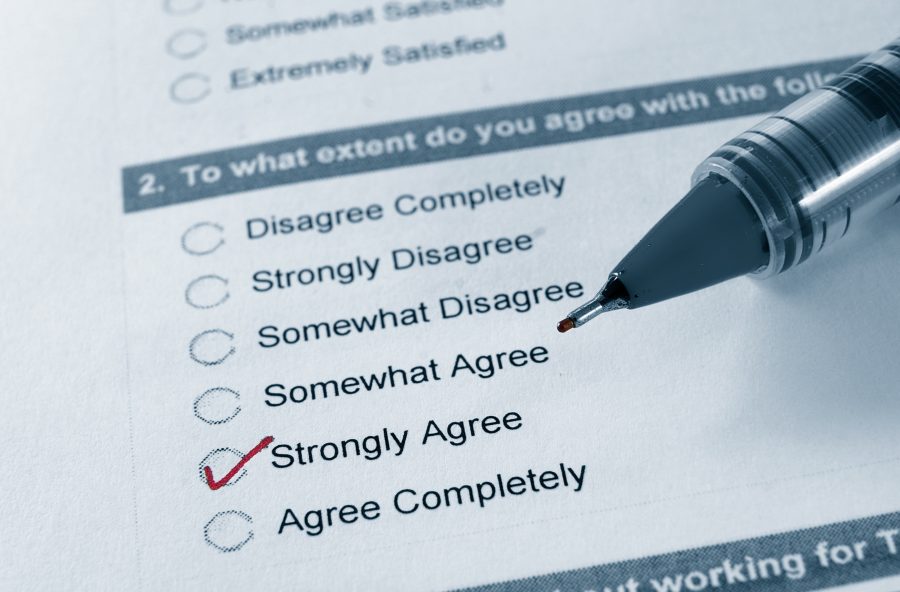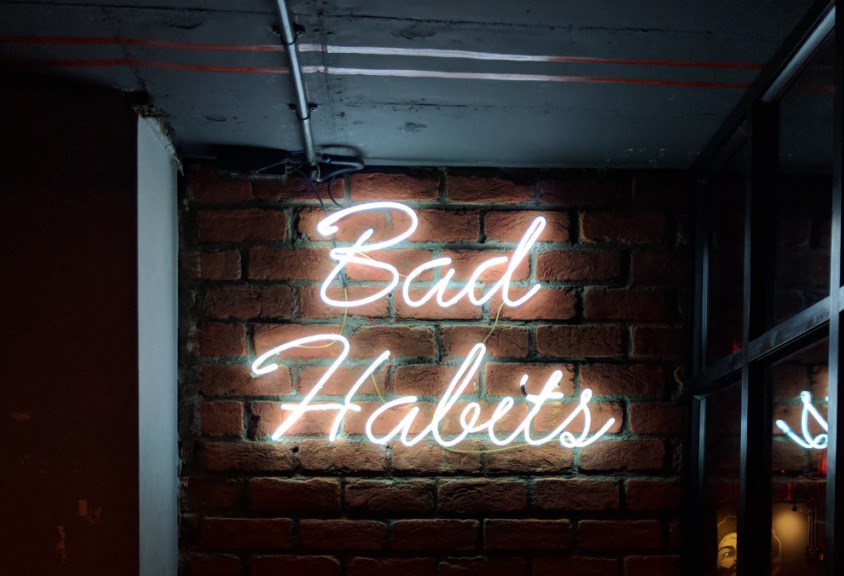If there’s one thing we at 4media group have learned in all our time working in and with media, it’s that sometimes the fastest way to results is just telling it like it is. And here’s the truth: sometimes your PR surveys stink.
Because we’ve done a great number of surveys, and worked with clients running the gamut of creative capacity, we’ve seen some bad PR surveys. But it is also important to point out that because a survey is so situational, the creative elements that make an excellent one can vary pretty widely. Question order, question type, answer choice, phrasing, layout and length can all change, but the elements that make a survey bad are easier to assess—so here they are:
1. YOU’RE USING AN INEFFECTIVE SURVEY FORMULA:
Clients come to us with fabulous ideas, but they’re often painting with too broad a brush. We’ve witnessed everything from PR surveys that change angles throughout development to those which fail to pinpoint a specific idea. The easiest way to focus your survey is to start with a formula so that you’re drafting a survey meaningfully from square one.

Turn a stereotype on its head, like using themes from the press, just be sure you start from a space of awareness. Then, consider building your survey algorithmically so that you can get cool answers regardless of the inevitable and expected variations in input.
2. YOU’RE THINKING TOO HARD:
Bad questions are built on shaky foundations; the kind that lacks clarity, either by assuming expertise your audience doesn’t have or by leading them to a conclusion they may not have made on their own. Though it may sound counterintuitive, bad research can come from a space of spending too much time worrying about a single question or its exact words.

Remember to keep it simple, have a clear idea of who you want to target, avoid jargon, and don’t ask double-barreled or leading questions.
3. YOU’RE MISTAKING INSIGHT QUESTIONS FOR CONSUMER QUESTIONS:
There’s typically a difference between what you would want to know, and what the consumers of your product or service would want to know. Some companies mistake insight questions for consumer questions, which ultimately impacts how well the results of the survey will pitch to the media, or how meaningful the results will be as actual tools for furthering your public-facing goals.

To you, the question asking about people’s minute habits as they apply to your product is great! And there’s room for such questions, to be sure, but those are the sorts you want to hold onto for internal purposes. Always think outwardly when crafting questions, and remember to build a list of your ideal headlines before you get into things.
4. YOU’RE NOT DOING ENOUGH TO YOUR ANSWERS:
Don’t misunderstand us: Question order, question type and the avoidance of biases are paramount, but it’s really the answer choices you write that are going to lead to phenomenal headlines.

Asking a great question means nothing if you don’t provide answer choices that create quirk or interest or inspire insight. You’re trying to create storytelling research, so make sure you create a story and a news hook through your answer selection.
Though far from an exhaustive list, these are some of the top reasons we see survey drafts that have to return to the drawing board. Whether through a total lack of direction, conflicting creatives or a rash of overthinking, we see surveys that smell because they lack a focal point.
If you need help drafting a top-notch PR survey, call us, and we can work with you to establish a questionnaire that will meet your goals while telling a story worth reporting.
